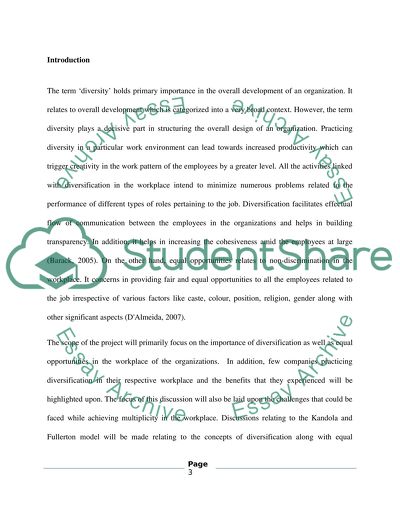Cite this document
(“Managing People Essay Example | Topics and Well Written Essays - 2000 words - 2”, n.d.)
Retrieved from https://studentshare.org/marketing/1479927-managing-people
Retrieved from https://studentshare.org/marketing/1479927-managing-people
(Managing People Essay Example | Topics and Well Written Essays - 2000 Words - 2)
https://studentshare.org/marketing/1479927-managing-people.
https://studentshare.org/marketing/1479927-managing-people.
“Managing People Essay Example | Topics and Well Written Essays - 2000 Words - 2”, n.d. https://studentshare.org/marketing/1479927-managing-people.


